Images: Murals of Crusaders in a Jerusalem Hospital
Rediscovered Paintings
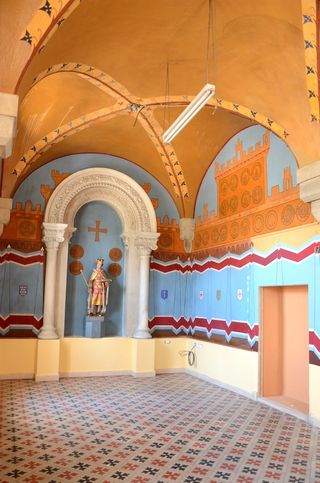
Late-1800s wall murals portraying Crusader knights and symbols of medieval military orders have been rediscovered in a Jerusalem hospital thanks to a burst water pipe and a storeroom reorganization. The paintings were rediscovered in a storeroom in Saint-Louis Hospice, a Jerusalem hospital built by a prominent Christian. [Read full story on the Crusader murals]
Heraldry on the Walls
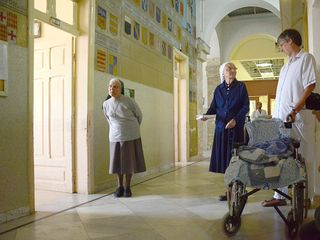
Medieval heradlry on the walls of Saint-Louis Hospice in Jerusalem. The designs were painted in about 1896 by a Christian count from France. [Read full story on the Crusader murals]
Crusade Walls
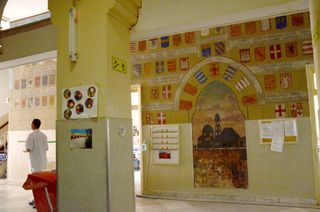
French Count Marie Paul Amedee de Piellat painted these designs to commemorate the Crusades. They were painted over by Turks who controlled the buliding during World War I. [Read full story on the Crusader murals]
Hospital Chapel
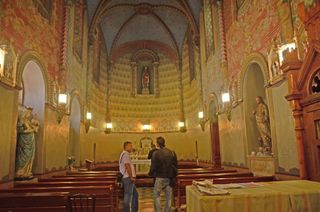
The paintings of Comte de Piellat adorn the walls of the Saint-Louis Hospice chapel. [Read full story on the Crusader murals]
Hospital Altar
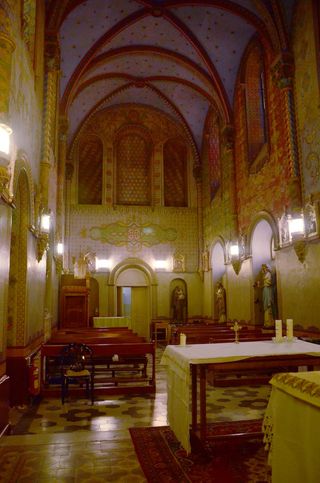
A view of the Saint-Louis Hospice chapel in Jerusalem, built between 1879 and 1896, and named after St. Louis IX, a king of France and leader of the Seventh Crusade between A.D. 1248 and 1254. [Read full story on the Crusader murals]
Working Hospital
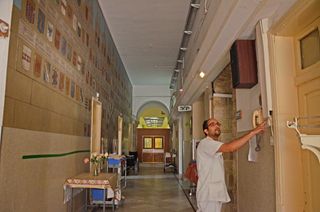
There are no plans to turn the paintings into a tourist attraction, however, as the Saint-Louis Hospice is still in use for chronic and terminally ill patients. Sisters of the order of St. Joseph of the Apparition run the facility. [Read full story on the Crusader murals]
Water Damage
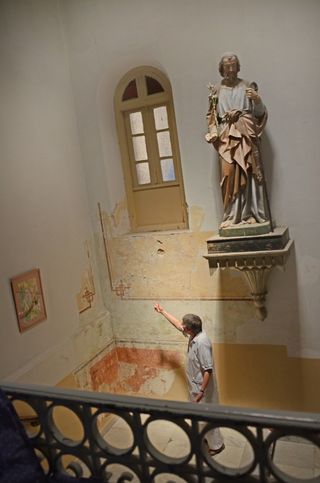
Water damage from a burst pipe revealed forgotten paintings on the Saint-Louis Hospice walls. [Read full story on the Crusader murals]
Sign up for the Live Science daily newsletter now
Get the world’s most fascinating discoveries delivered straight to your inbox.

Stephanie Pappas is a contributing writer for Live Science, covering topics ranging from geoscience to archaeology to the human brain and behavior. She was previously a senior writer for Live Science but is now a freelancer based in Denver, Colorado, and regularly contributes to Scientific American and The Monitor, the monthly magazine of the American Psychological Association. Stephanie received a bachelor's degree in psychology from the University of South Carolina and a graduate certificate in science communication from the University of California, Santa Cruz.